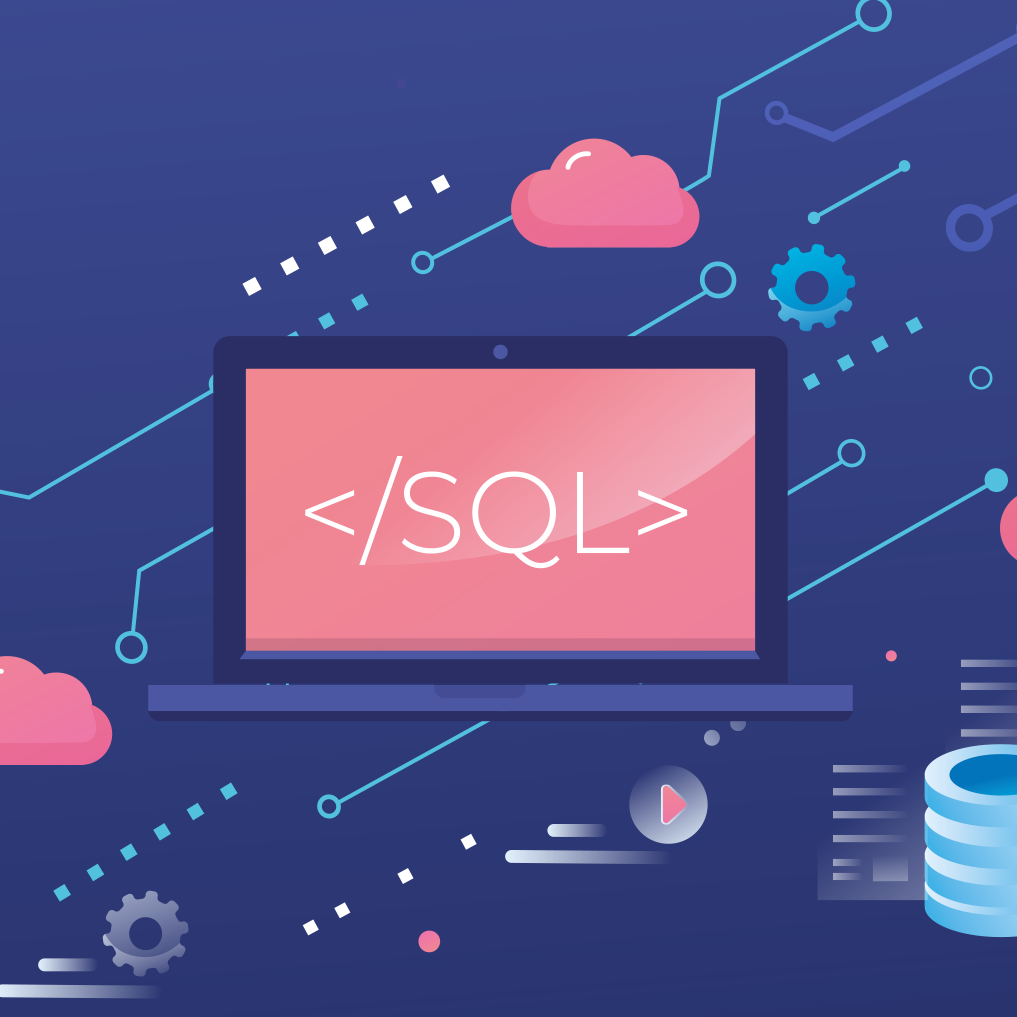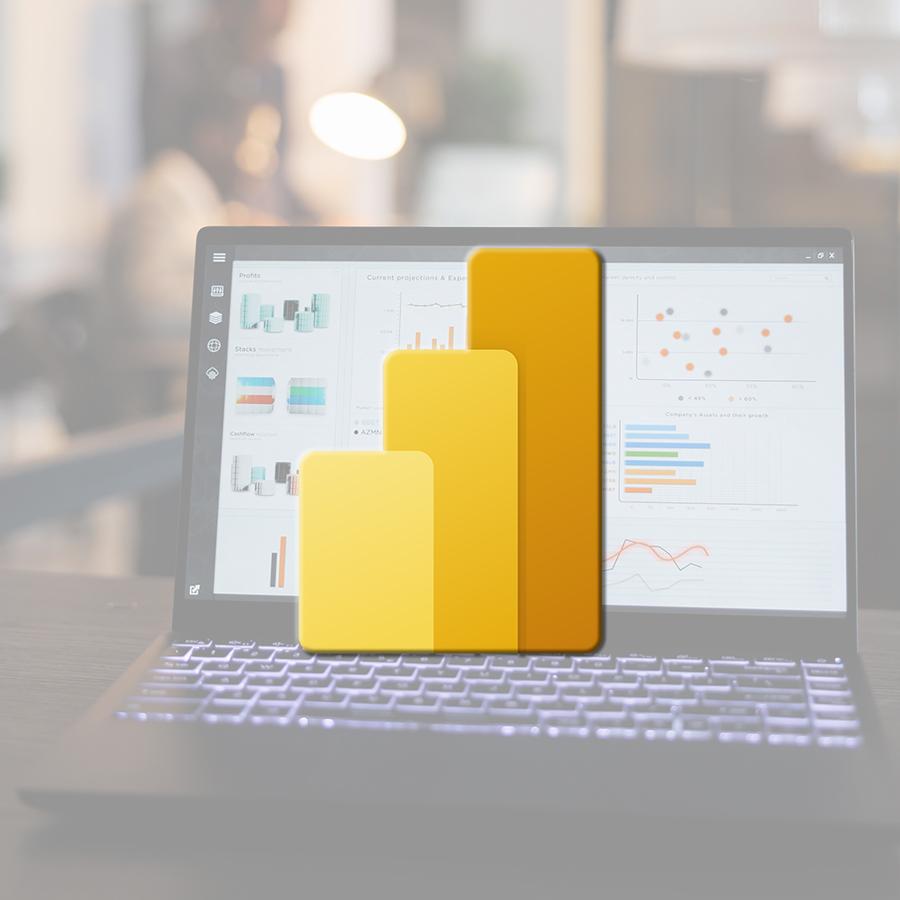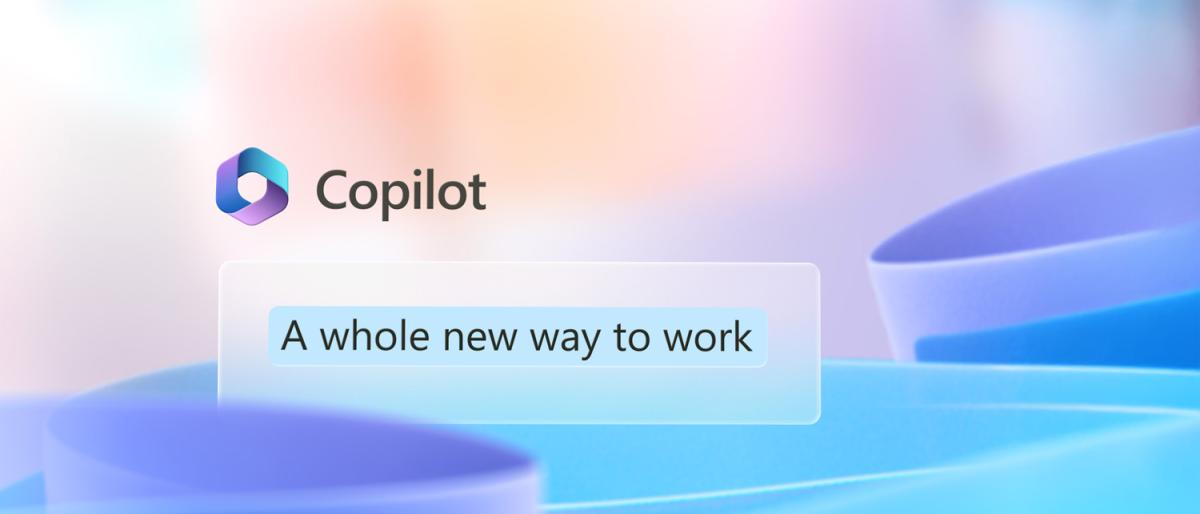Data is all around us! Almost every business, from small online shops to large banking groups, uses data to run their operations and it's a bit crazy to imagine what it must have been like to store it manually in filing cabinets before the digital age made it easier. Fortunately, we now have databases! But how do we communicate with them, retrieve the information we need or modify and add the data we want them to store? That's where SQL comes in, it's the ultimate language for "talking" to your data!
What is SQL?
SQL or "Structured Query Language" is a programming language for manipulating data and relational database systems.
This language mainly allows to communicate with databases through queries in order to manage the data they contain.
In particular, it allows to store, manipulate and retrieve these data. It is also possible to update data, reorganise it, create and modify the schema and structure of a database system and control access to its data.
What is the purpose of the SQL language?
As mentioned in the introduction, SQL is used in all areas where databases are used. In other words, it is found in virtually every area where data is generated and analysed.
In the finance industry, banking and payment processing applications store data on financial transactions and users. These systems are based on complex databases and therefore require the use of SQL.
A showcase website, a large e-commerce site or a social network such as Facebook or Instagram has to store content and manage users. Each time a user creates a publication or shares content, SQL is used to update the database.
Similarly, music streaming applications such as Spotify or Deezer make extensive use of databases, for example to store the vast catalogues of music files from different albums by different artists. SQL is used to manipulate this data to find what the user is looking for, or to store data about the user and their preferences.
As you can see, SQL is used all around you to manage these databases. From the social networks on your phone to the applications on your computer, many programs use some version of SQL. In other words, most of the software and applications you use rely heavily on SQL.
How does SQL work?
SQL has a unique feature that sets it apart from other programming languages: the concept of arrays.
This is because a database is made up of tables. Each of these tables is made up of columns and rows, and represents a set of data. Thus, SQL allows you to create or manipulate tables.
Several SQL commands are frequently used to work with databases, for example :
"CREATE DATABASE" allows you to create a database, "CREATE TABLE" allows you to create tables. The "SELECT" command is used to find or extract data from one or more tables (with the famous Joins). "UPDATE" allows you to adjust or edit data. "DELETE" allows you to delete certain data.
These are just a few examples of commonly used commands.
These commands allow you to write "queries" to manipulate data in databases. The system interprets and processes these commands, for example to create a new record in a database.
What are the most popular SQL database systems?
A database system is a program that allows a developer to work with a database through a user interface. This allows databases to be manipulated in a more intuitive way than with command lines alone.
There are several types of SQL database systems. Some are free, open-source and licence-free, others are proprietary. Below are the most commonly used SQL DBs.
| Oracle | The most popular worldwide is Oracle Database. This SQL database system is used in a wide range of industries, including data warehousing and online transaction processing. |
| MySQL | This open-source database system is available free of charge to individuals and businesses. It is widely used on the web and is also very popular with small businesses and startups as there are no licensing fees. |
| PostgreSQL | PostgreSQL is the main competitor to MySQL. It is again an open source database system, used by many startups because it is free. This system is compatible with all major OS such as macOS, Windows and Linux. Unlike other systems such as SQL Server, PostgreSQL makes a point of following the standard SQL syntax, which makes it much easier to learn. |
| Microsoft SQL Server | SQL Server is Microsoft's SQL database management system. This database runs on all major versions of Windows operating systems. It is used in consumer software as well as in web servers that run on Windows. |
How to learn SQL?
So how do you go about learning SQL?
Here's a quick summary of the steps involved:
Master the basics: Start by learning basic SQL syntax.
Take an SQL training course: Take a course to reinforce your SQL knowledge.
Work on projects: Practice with a real project that requires a database.
Further information:
More and more systems are using NoSQL (aka "not only SQL"), especially for large volumes of data. It refers to a type of non-relational database (i.e. it does not use the row and column scheme found in most traditional database systems). Therefore, SQL is not used to access these databases. Popular NoSQL or non-relational databases include MongoDB, Apache Cassandra and CouchDB.
NoSQL is more recent, but SQL is still more widely used than its cousin, mainly because this technology has been around longer.
Maybe
you'll like…

 FR
FR EN
EN





